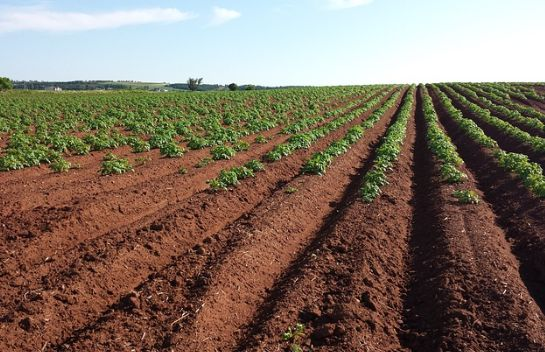- هذا الموضوع فارغ.
- الكاتبالمشاركات
- مارس 14, 2025 الساعة 5:24 م #595004

The role of continuous cropping in agriculture is a complex issue, carrying both potential benefits and significant challenges. It’s a practice where the same crop is grown in the same field year after year, without rotation. Understanding its effects is crucial for sustainable agricultural practices.
1. Potential For Increased Efficiency And Specialization
Continuous cropping allows farmers to streamline their operations by specializing in a single crop. This can lead to increased efficiency in terms of equipment, labor, and management.
Farmers can optimize their inputs, such as fertilizers and pesticides, specifically for that crop. Additionally, it simplifies harvesting and post-harvest processing, potentially lowering production costs.
This specialization can be particularly advantageous in regions with favorable climate and soil conditions for a specific crop, allowing for maximized output.
2. Soil Degradation And Nutrient Depletion
One of the most significant drawbacks of continuous cropping is the potential for soil degradation. Growing the same crop repeatedly can deplete specific nutrients from the soil, leading to imbalances and reduced fertility.
This can result in lower yields and increased reliance on synthetic fertilizers, which can have negative environmental consequences.
Soil structure can also deteriorate, leading to compaction and reduced water infiltration. The risk of soil erosion is also heightened, especially in areas with sloping terrain or intense rainfall.
3. Increased Pest And Disease Pressure
Continuous cropping creates an ideal environment for the buildup of pests and diseases. The lack of crop rotation allows pathogens and pests to establish themselves and thrive, as their host crop is consistently available.
This can lead to increased reliance on pesticides, which can have detrimental effects on beneficial insects and the environment. The development of pesticide resistance in pests and pathogens is also a major concern.
4. Reduced Biodiversity And Ecosystem Services
Continuous cropping often involves the simplification of agricultural landscapes, reducing biodiversity both above and below ground. This can negatively impact ecosystem services, such as pollination, natural pest control, and nutrient cycling.
The loss of biodiversity can make agricultural systems more vulnerable to environmental stresses and reduce their resilience to climate change.
5. Economic Vulnerability And Market Dependence
Relying on a single crop can make farmers more vulnerable to market fluctuations and price volatility. If the market for that crop declines, or if a major pest or disease outbreak occurs, farmers can face significant economic losses.
This dependence on a single commodity can also limit farmers’ ability to adapt to changing consumer demands or environmental conditions.
The role of continuous cropping in agriculture must be carefully evaluated in light of its potential benefits and drawbacks. While it can offer advantages in terms of efficiency and specialization, it also poses significant risks to soil health, biodiversity, and economic stability.
Sustainable agricultural practices that prioritize crop rotation, integrated pest management, and soil conservation are essential for mitigating these risks and ensuring long-term productivity.
Read Also: Cocoyam (Colocasia spp.; Xanthosoma spp.)
- الكاتبالمشاركات
- يجب تسجيل الدخول للرد على هذا الموضوع.

